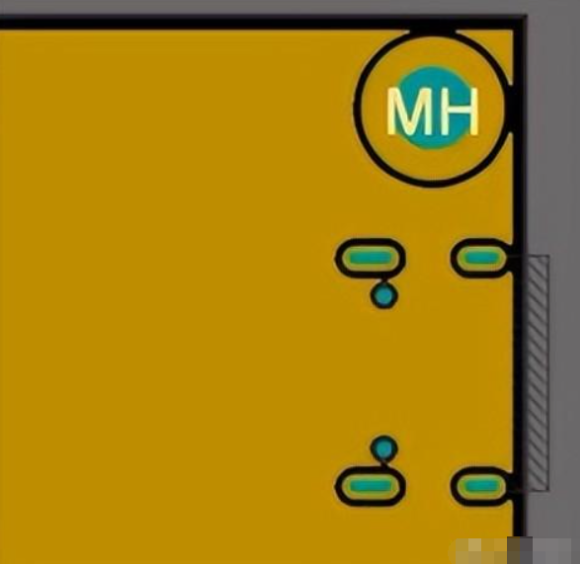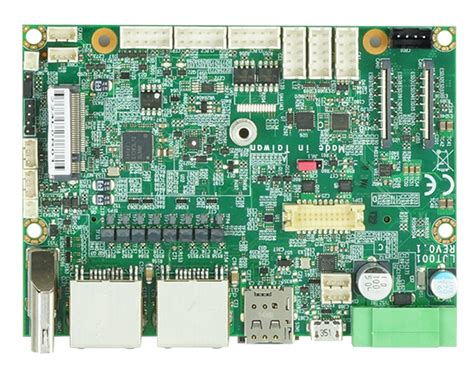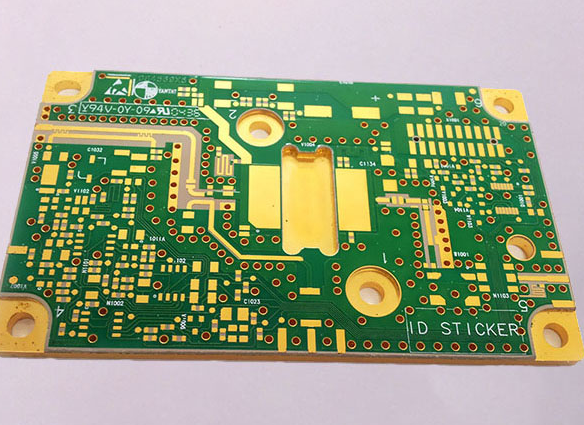Inventory of the role of 0 ohm resistors
In our impression, resistors play the role of hindering current. But 0 ohm resistors? What do we need resistors that can’t block current for? In fact, 0 ohm resistors did not appear at the beginning, and most 0 ohm resistors are chip resistors. This is closely related to its use.
In fact, 0 ohm resistors are a theoretical ideal state, which means that the resistance of the wires or components in the circuit is extremely small, almost zero. Although in real applications, it is difficult for us to find absolutely resistance-free wires or components, those components with resistance values close to 0 ohms do bring many benefits to circuit design.
These benefits and applications are mainly reflected in the following aspects:
First, 0 ohm resistors help improve the connection efficiency of the circuit and reduce the energy loss of current in the wires or connectors. This is particularly critical in the pursuit of high-precision and high-performance circuit design. It can ensure the accuracy and stability of signal transmission.
Secondly, during the current measurement process, 0 ohm resistors can maintain the connection between the measurement point and the circuit, while reducing interference to the circuit itself, thereby improving the accuracy of the measurement. Furthermore, when a short circuit occurs in the circuit, a 0-ohm resistor can provide a low-impedance channel to guide most of the current to the short-circuit point, thereby protecting other circuit components from large current shocks. In addition, in the branches of parallel circuits, the use of 0-ohm resistors can effectively balance the distribution of current and ensure that the current in each branch is evenly distributed.

When most circuit boards still use through-hole double-sided board designs, there is not much room for 0-ohm resistors
. At that time, if a company wanted to save some costs or use a single-layer circuit board for other reasons, it would use flying wires or through-hole wires to connect the two parts of the circuit that were separated when it encountered a place where wiring could not be done. As time goes by, more and more SMD components are used in large-scale industrial production, which also makes the production of SMD single-sided circuit boards encounter the same problem. It will be difficult to solder the flying wire to the pad of the SMD. At this time, the use of 0-ohm resistors can “leap” over on thinner lines, reducing the difficulty of design.
For the same reason, if you want to configure the circuit board in the past, you can use jumpers and jumper caps to control the on and off of the circuit in hardware.
For SMD PCBs, it is difficult to install jumpers uniformly using machines, while the combination of empty pads and 0 ohm resistors can play the same role as jumpers, and play a certain configuration role during production. On the other hand, when the signal frequency at both ends is high without the jumper cap connected, the traditional jumper will radiate interference signals, which is not as good as the empty pad.
In fact, in addition to these reasons, the use of 0 ohm resistors has various additional functions. For example, it can act as a lead for grounding points and build current loops. There are also some reasons that are difficult to consider, such as using unmarked 0 ohm resistors to prevent copying boards for the convenience of removing them for measurement. These are all additional usages. Usually, we rarely use 0 ohm resistors in the process of DIY, but for it on the circuit board, we also need to understand its role.
The following summarizes the various uses of 0 ohms:
- It has no function in the circuit, but is only used on the PCB for debugging convenience or compatible design. 2. It can be used as a jumper. If a certain section of the line is not used, just do not attach the resistor (does not affect the appearance) 3. When the matching circuit parameters are uncertain, use 0 ohm instead. When actually debugging, determine the parameters and then replace it with a component with a specific value. 4. When you want to measure the current consumption of a certain part of the circuit, you can remove the 0ohm resistor and connect the ammeter, which is convenient for measuring the current consumption.
- When wiring, if it is really impossible to lay it, you can also add a 0 ohm resistor. 6. Under high-frequency signals, it acts as an inductor or capacitor. (Related to the characteristics of the external circuit) The use of inductors is mainly to solve EMC problems. Such as ground and ground, power supply and IC Pin. 7. Single-point grounding (refers to the protection grounding, working grounding, and DC grounding being separated from each other on the equipment, each becoming an independent system.) 8. The role of the fuse 9. Single-point grounding of the pseudo ground and digital ground As long as it is ground, it will eventually be connected together and then into the earth. If it is not connected together, it is a “floating ground”, there is a voltage difference, it is easy to accumulate charge and cause static electricity. The ground is the reference 0 potential. All voltages are derived from the reference ground. The ground standards must be consistent, so various grounds should be short-circuited together. People believe that the ground can absorb all charges and always maintain stability, and is the ultimate ground reference point. Although some boards are not connected to the ground, the power plant is connected to the ground, and the power on the board will eventually return to the power plant and enter the ground. If the analog ground and the digital ground are directly connected over a large area, it will cause mutual interference. Not short-circuiting is not appropriate, and the reasons are as follows. There are four ways to solve this problem:
(1) Connect with magnetic beads;
(2) Connect with capacitors;
(3) Connect with inductors;
(4) Connect with 0 ohm resistors.
The equivalent circuit of the magnetic bead is equivalent to a band-stop limiter, which only has a significant suppression effect on noise at a certain frequency. When using it, it is necessary to estimate the noise frequency in advance in order to select the appropriate model. For situations where the frequency is uncertain or unpredictable, magnetic beads are not suitable. Capacitors block direct current and pass alternating current, resulting in floating ground. Inductors are large in size, have many stray parameters, and are unstable.
0 ohm resistors are equivalent to very narrow current paths, which can effectively limit loop currents and suppress noise. Resistors have attenuation effects in all frequency bands (0 ohm resistors also have impedance), which is stronger than magnetic beads.
3.Used for current loops when jumpering
When the ground plane is split, the shortest return path of the signal is broken. At this time, the signal loop has to take a detour, forming a large loop area, and the influence of the electric and magnetic fields becomes stronger, which is easy to interfere/be interfered. Jumpering a 0 ohm resistor on the split area can provide a shorter return path and reduce interference.
11. Configuring the circuit Generally, jumpers and dip switches should not appear on the product. Sometimes users will mess with the settings, which may cause misunderstandings. In order to reduce maintenance costs, 0 ohm resistors should be used instead of jumpers and soldered on the board. Empty jumpers are equivalent to antennas at high frequencies, and chip resistors are effective.
12. Other uses Jumper during wiring; debugging/testing; temporarily replacing other chip devices; as a temperature compensation device; more often due to the need for EMC countermeasures. In addition, the parasitic inductance of a 0 ohm resistor is smaller than that of a via, and vias will also affect the ground plane (because holes need to be dug). Also, different sizes of 0 ohm resistors allow different currents to pass through, generally 1A for 0603 and 2A for 0805, so different sizes will be used for different currents. Also, when reserving space for magnetic beads, inductors, etc., they must be packaged according to their sizes, so different sizes such as 0603 and 0805 are available.







